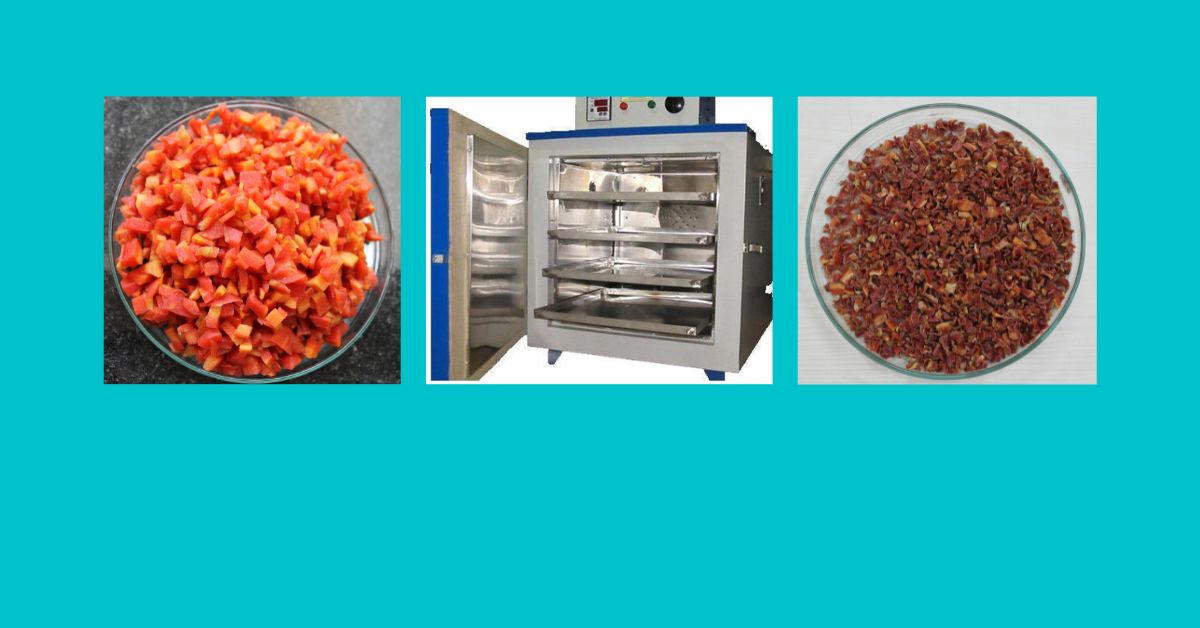Engineering properties of biological materials
Before understanding what is mean by engineering properties of biological materials, imagine you are designing a dryer to dry grains or a machine to peel some medicinal tuber crops. What things you will think before developing these machines?
To make these machines work effectively, you need to know how the material (here grains or tuber crop) behaves. In this case, its size, shape, hardness, moisture content, and even how it reacts to heat are important to consider. These characteristics are what we call the engineering properties of biological materials.
Why it is named as engineering properties?
These properties are fundamental to designing, analyzing, and optimizing processes and equipment in agricultural, food, and bioprocess engineering. Agricultural engineers need to understand the physical, thermal, mechanical and other properties of biological materials to design processes and machines for harvesting, handling, drying, milling, puffing, packaging and transportation etc.
What are biological materials?
Biological materials include anything natural we process in industries. Here biological materials are grains, fruits, vegetables, seeds, or even wood and fibers. Grains, seeds, and other agricultural produce are inherently biological, meaning they are derived from living organisms and have unique characteristics influenced by genetics, environmental conditions (e.g., moisture, temperature) etc.

Why study engineering properties of biological materials?
Biological materials are different from metals or plastics. They are irregular, sensitive to heat, and can change over time. Knowing their properties helps us to design better machines (Say for sorting, drying, mixing, grinding, heat exchangers), to save energy (By using just the right amount of heat or force during processing or designing machine), to maintain quality ( By ensuring food tastes good and lasts longer). These are just some examples and study of engineering properties has more scope in various applications.
Let’s take an example of popping machine for corn or millets
To make a perfect popcorns or millet puffs, we need to understand:
- How much heat the kernel needs ? (thermal properties)
- How hard the outer coat is ? (mechanical properties)
- How much moisture it contains ? (moisture properties)
Understanding engineering properties makes it possible to turn raw biological materials into the products we use every day efficiently and effectively.
So how to define engineering properties of biological materials?
Engineering properties of food or biological materials are the measurable physical, thermal, mechanical, electrical, and chemical characteristics that are essential for designing, optimizing and controlling processes related to harvesting, handling, processing (such as drying, size reduction, mixing etc), storage, and packaging of these materials.
These properties help engineers understand how biological materials behave under various conditions, ensuring efficiency, quality, and safety in processing systems.
Some engineering properties of biological materials
- Physical Properties: Size, shape, density, porosity, surface area.
- Mechanical Properties: Hardness, elasticity, toughness, friction.
- Thermal Properties: Specific heat, thermal conductivity, diffusivity.
- Electrical Properties: Conductivity, dielectric properties.
- Rheological Properties: Viscosity, viscoelasticity.
- Moisture Properties: Water activity, hygroscopicity
Summary
In summary, engineering properties of biological materials are essential for designing and optimizing processes in agriculture, food, and bioprocess industries. They guide engineers in ensuring efficient handling, storage, processing, and transportation while maintaining quality. This knowledge is crucial for solving practical challenges in the harvesting, processing, and utilization of materials like fruits, grains, seeds, and tuber crops.




